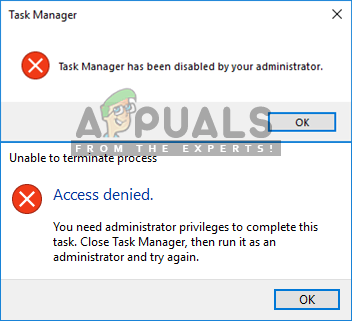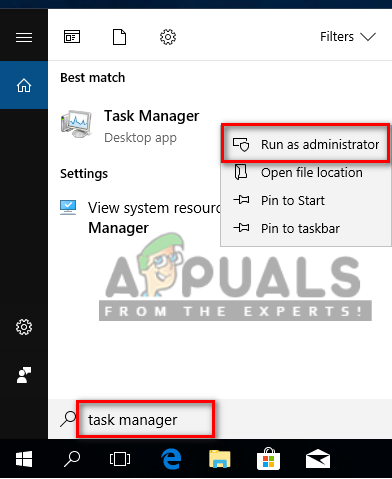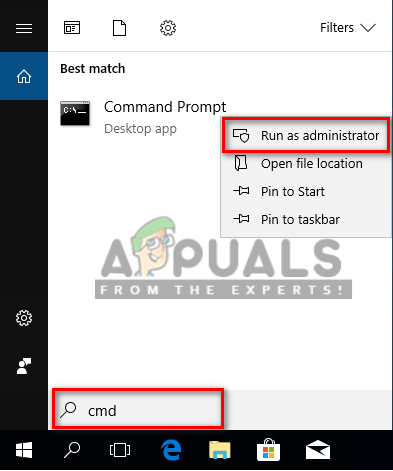How to Run Task Manager as Administrator for a Standard User
Task Manager as the name suggests is a built-in Windows Utility that allows you to prioritise, disable, enable programs and services as well as show a snapshot of System Performance and App History. Since Task Manager is responsible for several major operations within Windows, by default it is restricted to perform certain functions as administrator for standard users as a security measure.

When you are logged into a Windows PC as a standard user then there are certain tasks that you can’t perform without admin rights. The error messages that will prevent you from opening Task Manager will be “Task Manager has been disabled by your administrator” and for ending tasks will be “Access denied“. The standard account can be set for the kids, family, and co-workers without admin privileges. In this article, we will tell you how to use/run Task Manager with administrator privileges.
Why do You need to Run Task Manager as Administrator?
When you are using the system as a standard user, there will be some of the issues where you will be unable to use Task Manager without admin privileges due to some of the reasons as shown below:
- Don’t have admin rights: Sometimes when a standard user tries to do some changes in the task manager, they will get the access denied error due to no admin privileges. They need to run task manager as an administrator to do the changes, like changing the priority and ending task.
- Task Manager blocked by admin: Administrator can block the Task Manager for the standard user, where they will be unable to open Task Manager normally by pressing the shortcut or opening from the search function.
There can be a time where you as an admin need to log out of standard account and login to the admin account to execute a certain task that could not be executed without admin privileges. But we can simply use the Task Manager as an administrator to use it with admin privileges without logging out of the standard account.
Method 1: Opening Task Manager as Administrator by Search Function
Most of the time, users use a Run command box or shortcut keys to open Task Manager, but both methods don’t give an option for “Run as administration”. You can simply search the task manager on the Windows taskbar search function and open it as an administrator as shown below:
- Hold Windows Key and Press S to open search function, then type “Task Manager” to search
- Right-click on Task Manager and choose Run as administrator

Opening Task Manager as an administrator from the start menu - Type the password for the administrator when prompted by the UAC (User Account Control) and it will open Task Manager as administrator.
Method 2: Opening Task Manager as Administrator through Elevated Command Prompt
You can easily run the Task Manager by opening a command prompt in elevated mode. There are many different methods to open cmd as an administrator but we will use the most common one. For Windows 7, the shortcut Windows + S won’t work, so you need to click the start button and select the search text box.
- Hold Windows Key and Press S to open search function, then type cmd to search
- Right-click on cmd and choose Run as administrator

Opening CMD as an administrator - Type the password for the administrator when prompted by the UAC (User Account Control) and click Yes
- Now type “taskmgr” in cmd and press Enter to open Task Manager with administrator privileges.

Opening Task Manager in elevated command prompt
Method 3: Creating a shortcut for Task Manager on Desktop
Users who run Task Manager most of the time can make a shortcut on the desktop. A shortcut can be the easiest and fastest method to run Task Manager as an administrator.
- Right-click on Desktop and choose New > Shortcut
- Type the location of the Task Manager and click Next:
C:\Windows\System32\Taskmgr.exe
- Name the shortcut Task Manager or whatever you want and click Finish
- Now you can right-click the shortcut and select Run as administrator
- Provide the administrator password when prompted by the UAC (User Account Control) and click Yes
All the methods will certainly help you open Task Manager with admin rights and you will be able to use it without any errors.





